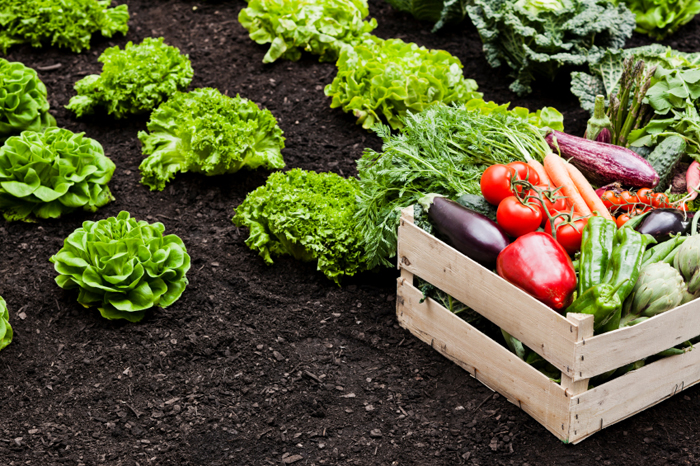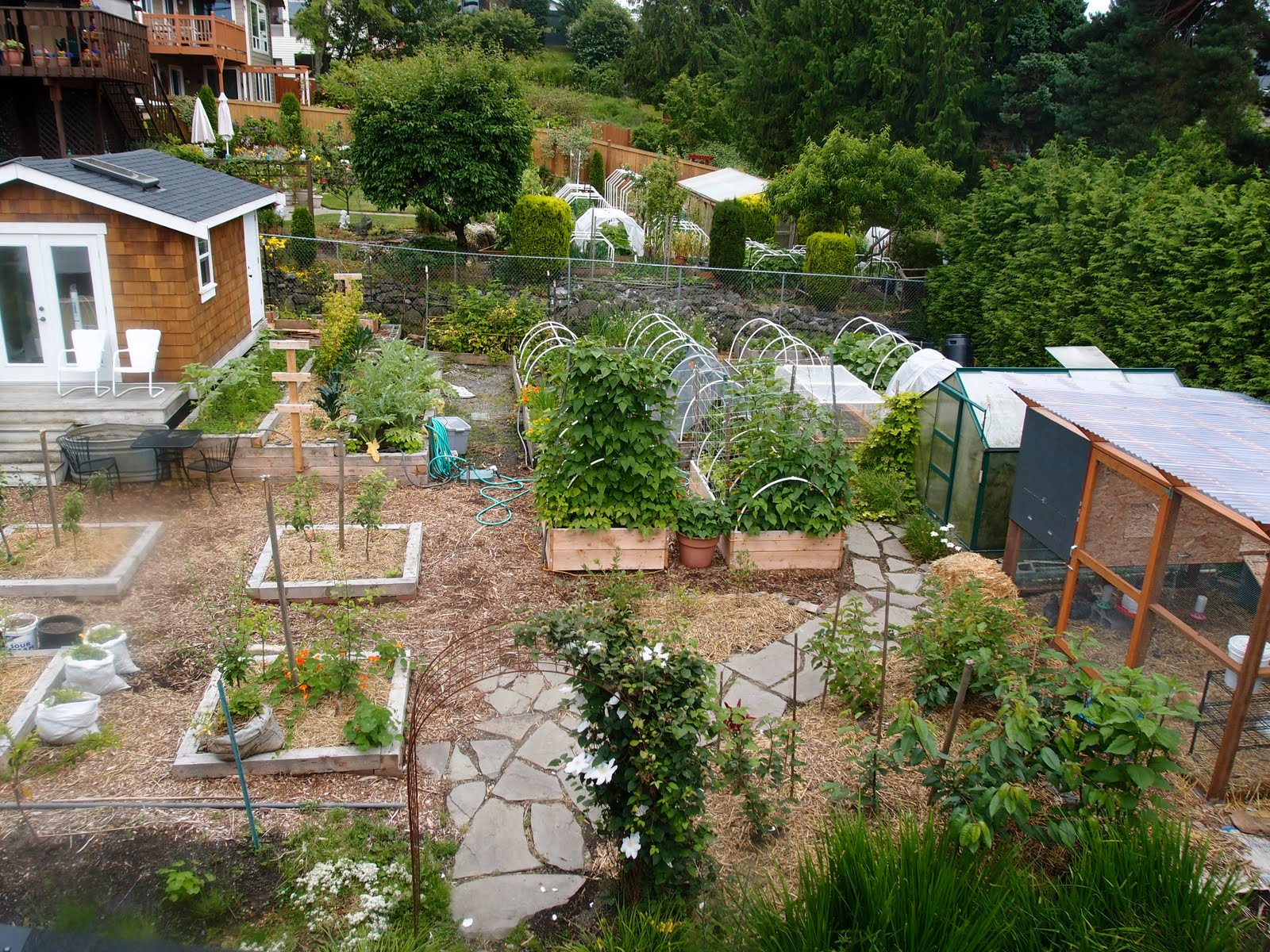Common Mistakes to Avoid in Homestead Gardening
Common Mistakes to Avoid in Homestead Gardening
Blog Article
Discover the Tricks to Producing a Effective and beautiful Horticulture Area
Developing a productive and gorgeous gardening space is not merely a matter of growing blossoms and veggies; it calls for a critical approach that encompasses numerous critical components. From selecting the right location based on sunlight and soil type to thoughtfully developing your design and selecting suitable plants, each decision plays a pivotal duty in the success of your yard.
Selecting the Right Place
Choosing the optimal location for your yard is essential to its success and total visual appeal. The initial step in this process entails evaluating sunshine exposure, as most plants need at least 6 hours of direct sunlight daily (Homestead Gardening). A south-facing garden generally obtains the most light, while shaded locations can hinder development and flowering
In addition, consider dirt quality and water drainage. Well-draining soil is vital to avoid water logged roots, which can bring about plant diseases. Carrying out a dirt test can supply valuable info regarding pH levels and vitamins and mineral content, enabling you to amend the dirt appropriately.
Additionally, closeness to water sources is one more variable to weigh - Homestead Gardening. Having simple accessibility to a tube or irrigation system can simplify the watering procedure and urge constant plant treatment. Wind protection is likewise crucial; placing your yard near structures, such as wall surfaces or fencings, can secure it from harsh winds that might harm delicate plants
Lastly, think about access for upkeep and harvesting. A well-placed yard allows for convenient gain access to, making sure that you can conveniently often tend to your plants without causing undue tension or disturbance. Thoughtful location selection lays the foundation for a flourishing garden.
Choosing Plants Carefully
When selecting plants for your garden, it's necessary to take into consideration variables such as environment, dirt problems, and individual preferences to guarantee a efficient and harmonious area. An extensive understanding of your regional climate will guide you in selecting plants that flourish in your details atmosphere. Selecting drought-resistant ranges is useful in arid areas, while moisture-loving varieties may be more appropriate for locations with high rainfall.
Soil problems are similarly crucial; conducting a dirt test can reveal pH degrees and nutrition content, allowing you to pick plants that will certainly thrive. Indigenous plants are usually an exceptional option, as they are generally well-adapted to local dirt types and call for less upkeep.
Furthermore, consider your gardening objectives. Are you aiming for a decorative display, a veggie garden, or probably a combination of both? This will certainly influence your options considerably. Lastly, review your individual preferences-- picking plants that resonate with your visual tastes will boost your enjoyment and dedication to preserving your yard. By carefully examining these factors, you can produce a varied and flourishing plant selection that raises your horticulture experience.
Designing Your Garden Layout
With a thoughtfully selected plant choice in hand, the following action is to develop a garden layout that makes best use of both charm and performance. Begin by examining the readily available room, taking into consideration factors such as wind, shade, and sunshine patterns. A tactical design must include numerous zones, including areas for planting, pathways, and possibly seating.
Begin with bigger plants or centerpieces, such as trees or tall perennials, put tactically to produce aesthetic interest. Layer smaller plants in front to enhance deepness and texture. Consider the development practices of your chosen plants; taller ranges need to be positioned at the back or center of beds, while shorter ones can line the sides.
Incorporating paths not only promotes accessibility for upkeep however likewise welcomes expedition. Use materials that complement the yard's total visual, whether gravel, wood, or rock chips.
Additionally, consider seasonal changes and how your layout will certainly look throughout the year. Incorporating evergreens along with seasonal blossoms can make certain year-round appeal. Eventually, a properly designed yard layout harmonizes the all-natural elegance of plants with sensible considerations, leading to a space that is both inviting and efficient.
Enhancing Dirt Health

To improve dirt health, start by performing a soil test to analyze pH degrees, vitamins and mineral material, and soil texture. This will certainly educate your changes. Include organic issue such as garden compost, well-rotted manure, or leaf mold to enhance soil structure, water retention, and microbial activity. Additionally, exercising plant rotation can avoid vitamins and mineral deficiency and decrease bug and disease pressures.
Mulching is one more effective technique; it not only saves wetness however likewise reduces weeds and progressively improves the dirt as it breaks down. Preventing extreme tillage is vital, as it can interfere with soil hop over to here structure and harm advantageous organisms. Instead, adopt no-till or minimal tillage methods to keep soil integrity.

Preserving Your Yard Successfully
A properly maintained yard gives satisfaction and efficiency, needing constant attention to ensure that plants thrive and the landscape remains welcoming. Reliable yard maintenance includes several key practices that boost the wellness of your plants and the total visual of your area.
Routine watering is vital; nevertheless, it is necessary to tailor your watering schedule based on the details demands of your plants and neighborhood environment problems. Mulching can help retain dampness, reduce weeds, and regulate dirt temperature. Prompt weeding avoids competitors for nutrients and resources, making sure that your plants thrive.
Trimming is one more important job. It encourages healthy and balanced growth, gets rid of diseased or dead branches, and forms plants to maintain an enticing structure. In addition, keeping an eye on for illness and pests is essential; early detection and treatment can save your plants Discover More Here from considerable damage.
Fertilization needs to be implemented thoughtfully, making use of organic choices whenever feasible to promote lasting dirt health and wellness. Ultimately, seasonal tasks such as planting, separating perennials, and preparing for wintertime will certainly ensure your garden stays vivid year-round. By adhering to these practices vigilantly, you can cultivate a yard that is both beautiful and efficient.
Conclusion
Picking an ideal area with appropriate sunlight, choosing suitable plants, making a cosmetically pleasing design, improving soil wellness, and making certain routine maintenance are vital elements. By integrating these practices, one can grow a prospering garden that not just improves the landscape but also advertises environmental balance and sustainability.
From picking the right place based on sunshine and soil type to attentively developing your format and selecting suitable plants, each choice plays a critical role in the success of your yard. Well-draining soil is necessary to avoid water logged roots, which can lead to plant diseases.When selecting plants for your garden, it's necessary to consider variables such as climate, dirt conditions, and individual choices to make sure a harmonious and efficient room. Eventually, a well-designed yard design balances the natural charm of plants with useful factors click resources to consider, resulting in an area that is both welcoming and productive.

Report this page